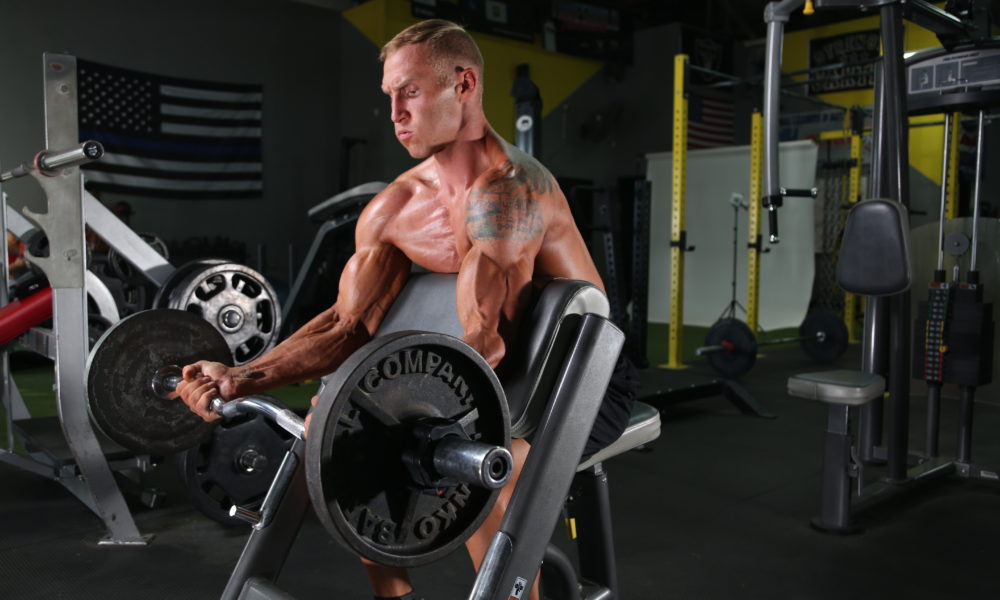

Have you made New Year’s resolutions? If you’re like a lot of people, you probably have. It’s a new year, meaning men and women are making New Year’s Resolutions to weightlift and gain muscles. If you’re one of them, you’ve come to the right place! This guide is for you who have never been to a gym before or working out consistently but need a change in your weight lifting routine as a beginner.
You’ll learn everything you need to know about weight lifting, what equipment you need, what exercises are best for beginners, how to perform each exercise correctly, and the number of required macros for weightlifting. But first I want to talk about the basics: picking a gym and choosing the right equipment.
Choosing A Gym For Weight Lifting
Choosing a gym can be a difficult decision. You need to know what you want and be clear about your needs.
First, you don’t need to choose a gym in your local area. You can go online and join one from anywhere in the world. This is great if you want to find a gym near your home but don’t want to drive there every day or pay expensive rates.
Once you decide to visit a gym, it is essential to do your homework. You should know what equipment the gym has, what it offers, how much space is there, the working hours, and if they offer classes or personal trainers.
Workout Space
The best gym should have enough weight lifting machines and space for you to work out comfortably. For instance, it should have separate workout areas for cardio and weightlifting so that you don’t end up bumping into each other while weight lifting.
Location
If possible, choose a gym close to home or work to access it anytime and not worry about transportation. You are less likely to skip workouts if it’s right around the corner.
Types of Equipment
Most gyms offer enough equipment for their members, but it pays to check out the weights and machines before you join. Are you looking for free weights or weight machines? Do they offer classes? The best way to get started is to go with a personal trainer at first so they can show you how to use all of the equipment properly. It would help if you also chose a gym that offers classes because it can be helpful to have some instruction on how to lift weights properly.
Basic Weight Lifting Plan Beginners Can Follow
Once you’ve chosen a gym and are ready to start strength training as a beginner, you need a plan to guide you on what you should have and what you need to do to achieve your weight lifting goal.
Apart from following beginners’ weight loss exercise plan to guide you, you should also follow this beginner’s weight lifting plan as a bodybuilder.
Workout Plan
Have a workout plan to start strength training. And a sensible strength training routine should be easy to follow. You just need to know how it works to incorporate it into your life by first determining what exercises you should do and how often.
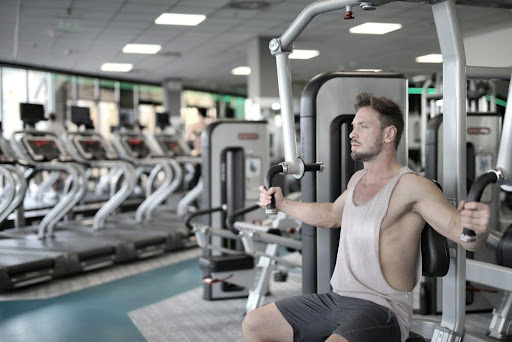
Training Equipment
If you’re just getting started in bodybuilding, you need the right equipment to ensure your weightlifting will be as effective as possible.
All you need are dumbbells, barbells, kettlebells, resistance bands, and some weights. You don’t have to spend a lot of money on fancy machines or workout equipment, and you don’t have to join a gym either. Other training equipment you may need include:
- Treadmills
- Bench
- A squat rack
If you don’t have any equipment available like dumbbells or weights, you can do zero equipment bodyweight exercises such as push-ups and sit-ups for the upper body
Have the Right Amount of Macros (Macronutrients)
Macros, standing for “macronutrients,” refers to the three types of nutrients that make up your food’s calories: protein, carbs, and fats. These macro-nutrients provide energy to your body in varying amounts.
Having the right amount of macros as a weightlifter means you need to have:
- Protein 30% of total calories
- carbs 50% of total calories to fuel workouts and replenish glycogen stores
- fat 20% of total calories
How to Calculate Macros for Muscle Gain
Calculating macros without a macro calculator will take much longer than using a macro calculator. With a macro calculator, you’ll get all of your macronutrients in just minutes. Here are some steps for how to count macros:
Calculate Your Daily Caloric Intake
Calculate the total number of calories burned in a day, also known as total daily energy expenditure (TDEE) – this is the number of calories your body needs each day, based on your current weight, height, age, and activity level.
You can do it using a macro calculator, or you can use this formula:
Total Calorie Intake = 10 x bodyweight (in pounds) + (6.25 x height in inches) -(12.7 x age in years).
For example, if you are 30 years old, 5’4″ tall and weigh 160 pounds then your total calorie intake would be: 160*10=1,600 + (6.25*64) =1,960 -(12.7*30) =1,344; 1,344 calories per day.
Determine What Percentage of Each Macro is Ideal for You
Once you estimate your TDEE, determine what macronutrient ratio is optimal for you.
A good macronutrient ratio for weight lifting is around 50% carbohydrates, 30% protein, and 20% fat (note: these numbers are only guidelines). They could be higher or lower depending on your goals and body type. But if your goal is to build muscle, this will be close enough to give you the results you’re looking for.
Track Your Macros
After calculations, track macros of what you’re eating in terms of nutrients through apps like MyFitnessPal or Lose It! to get the final If It Fits Your Macros IIFYM
If It Fits Your Macros IIFYM is a dieting method that allows you to eat any food you want so long as it fits within your allotted daily calories and macronutrients.
You’ll still have rules to follow the “macro” guidelines, but they’ll be much more flexible.
Exercises For Beginners
We have several weight lifting exercises that you can do to help you get started in fitness competitions as be a beginner. They build muscles in the arms, chest, and legs. The following are weight lifting exercises that you can do.
-
Squat
The squat is a multi-joint compound exercise that works most of the muscles in your legs, including quadriceps, hamstrings, glutes, calves, hips, and lower back muscles.
They also strengthen the core muscles, which help to stabilize the body during any exercise.
You can do them with or without weights.
How to Do Dumbbell Squats
Step 1: -Stand with your feet shoulder-width apart and toes pointing out, holding a pair of dumbbells in each hand.
Step 2. lower your body as if you were going to sit in a chair until your thighs are parallel to the ground or until they are at least 90 degrees from being straight up.
Step 3. Push through the heels of your feet to come back up to a standing position.
-
Lunge
A lunge is a leg exercise that targets the glutes, quadriceps, and hamstrings. It works for multiple muscle groups at once, and you can use it in different ways.
You can make a lunge with dumbbells, barbells, and even a bar, as well as one-legged or two-legged.
How to do Lunge
Step 1. Stand up straight with dumbbells in each hand and your feet hip-width apart.
Step 2. Step forward with your right leg, your toes turned slightly outward. Your knees should be bent at a 90-degree angle.
Step 3. Place your left foot flat on the floor, one foot behind your right foot, as you lower down into a squat. Your back foot should stay flat on the floor throughout the exercise.
Step 4. Keeping your torso upright and knees bent slightly, push up from the squat into a standing position again. Continue alternating legs until you’ve completed your set number of repetitions or time intervals.
-
Plank
Plank exercises strengthen your core and help tone your body. You can adapt it to increase the difficulty as you grow stronger. Planks work the abdominal muscles, arms, shoulders, and lower back.
How to Do Planks
Step 1. Get into a push-up position with both hands on the floor under your shoulders.
Step 2. Your hands should be at shoulder-width apart and your back straight
Step 3. slowly rise on your toes, hold that position for 20 seconds, and then relax.
-
Biceps Curls
You can apply biceps curls for both arms at once or for each arm individually to increase the strength of your biceps, a muscle located in your upper arm.
How to do Biceps Curl Exercise
Step1. Sit or Stand up straight and hold one weight in each hand
Step2. Keeping your elbows pressed against your side, bend your arms at the elbow joint until they reach your shoulders.
Step 3. Retain that posture for a few seconds before beginning and repeating.
-
Dumbbell Single-arm Rows
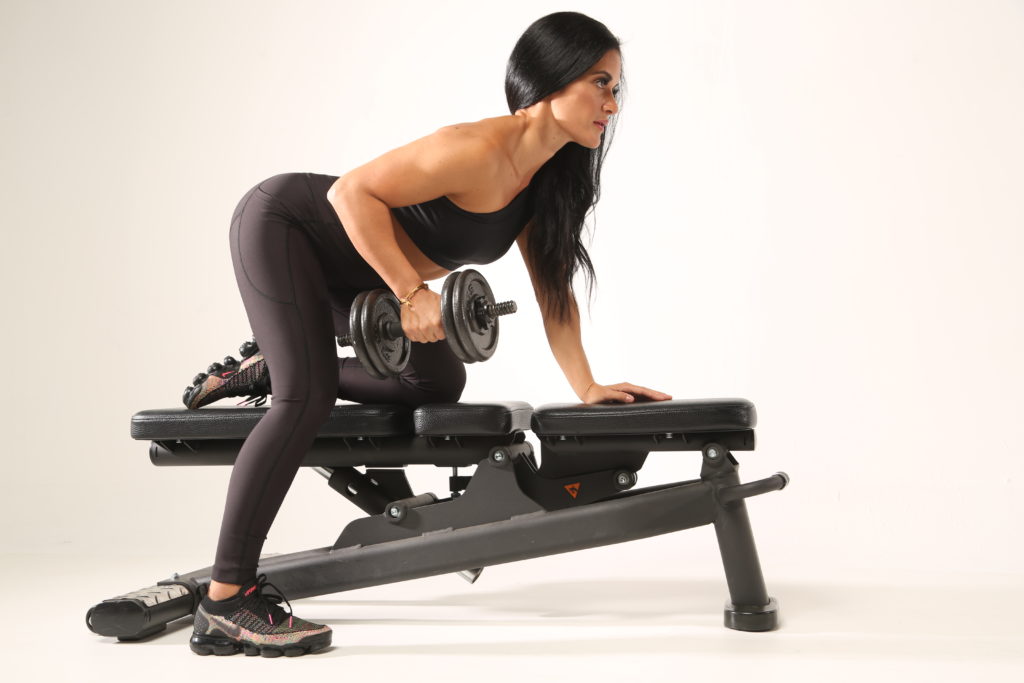
The dumbbell single-arm row is a great exercise to strengthen the back muscles and keep them strong throughout your bodybuilding workout regime. It targets the lats, biceps, and rhomboids.
How to Do Dumbbell Single-arm Rows
Step1. Put one knee and one hand on a bench with your body facing forward.
Step2. Grasp the weight (dumbbell) with your left hand with your arm straight down at your side, palm facing behind you. Keep your hand and arm on the bench throughout the exercise.
Step 3. bend at the elbow and pull the dumbbell back towards yourself, holding them close to your body throughout the movement
Step 4 Return the dumbbell to its initial position and repeat the exercise. This is a slow exercise so avoid using momentum to lift the weight.
-
Resistance Band Pull Apart
It develops the anterior deltoids, posterior deltoids, and other small muscles in the rotator cuff region. When performing this exercise, use a light resistance band (1-2 lbs) as it allows you to have a full range of motion without putting unnecessary stress on your joints or tendons.
How to Do the Exercise
Pull your arms apart until they are outstretched in front of you and hold them there for one count. Then slowly bring your hands back together until they are in front of your chest at heart level again, hold this position for one count, then repeat the movement.
Bottom Line
As you can see, the best advice for a beginning exerciser is to start with bodyweight exercises before moving on to free weights or machines. Bodyweight exercises will help you build muscle and increase your strength simultaneously.
Focus also on compound movements like squats, push-ups, and lunges. These exercises work for multiple muscle groups at once and will let you accomplish your goals faster than most alternatives.






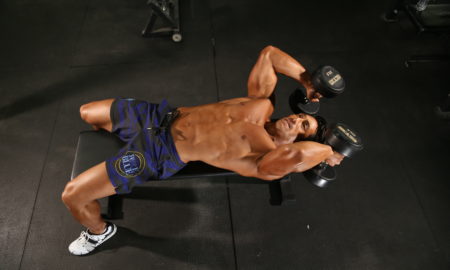













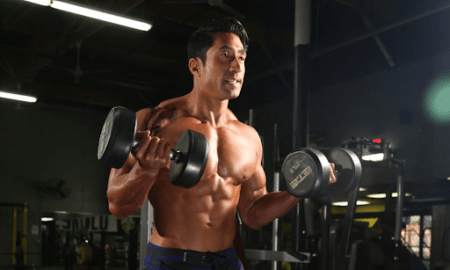
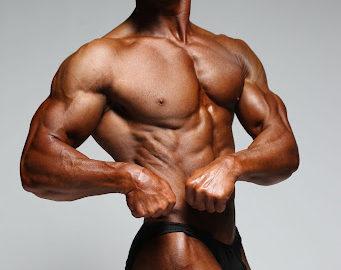
You must be logged in to post a comment Login